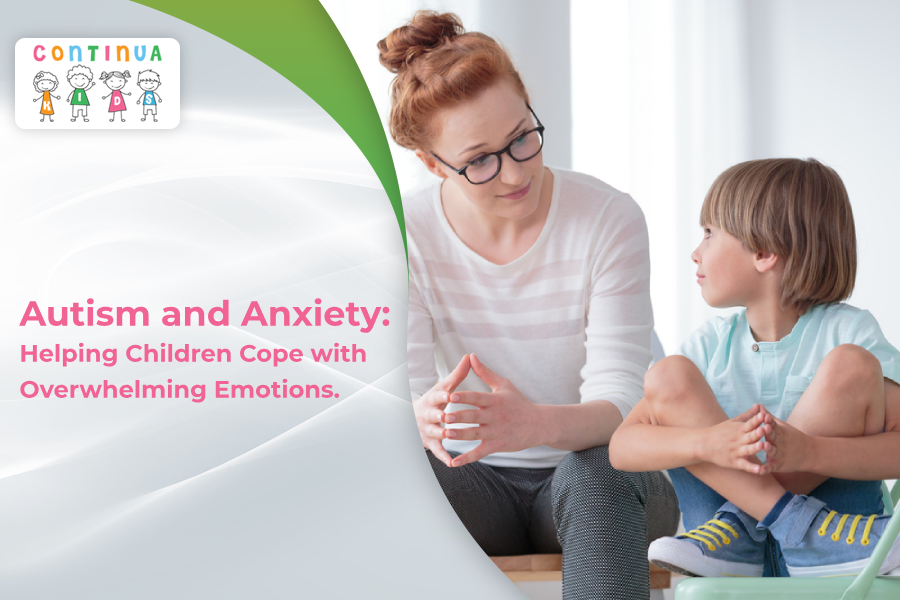The brain controls all that we do. Different parts of the brain control the movement of every muscle of the body. In cerebral palsy, there is damage to, or lack of development in, one of these areas of the brain.
\’Cerebral\’ – refers to the brain.
\’Palsy\’ – can mean weakness or paralysis or lack of muscle control.
Therefore cerebral palsy is a disorder of muscle control which results from some damage to part of the brain. The term cerebral palsy is used when the problem has occurred early in life, to the developing brain.
Children with cerebral palsy can have problems such as muscle weakness, stiffness, awkwardness, slowness, shakiness, and difficulty with balance. These problems can range from mild to severe. In mild cerebral palsy, the child may be slightly clumsy in one arm or leg,
and the problem may be barely noticeable. In severe cerebral palsy, the child may have a lot of difficulties in performing everyday tasks and movements.
What are the Various types of Cerebral palsy?
Spastic cerebral palsy
This is the most common type of cerebral palsy. Spasticity means stiffness or tightness of muscles. The muscles are stiff because the messages to the muscles are relayed incorrectly from the damaged parts of the brain.
When people without cerebral palsy perform a movement, groups of muscles contract whilst the opposite groups of muscles relax or shorten in order to perform the movement. In children with spastic cerebral palsy, both groups of muscles may contract together, making the movement difficult.
Dyskinetic cerebral palsy
This refers to the type of cerebral palsy with abnormal involuntary movements. It is divided into two types of movement problems, called dystonia and athetosis.
• Dystonia – this is the term used for sustained muscle contractions that frequently cause twisting or repetitive movements, or abnormal postures.
• Athetosis – this is the word used for the uncontrolled extra movements that occur particularly in the arms, hands and feet, and around the mouth. The lack of control is often most noticeable when the child starts to move – for example, when the child attempts to grasp a toy or a spoon. In addition, children with athetoid cerebral palsy often feel floppy when carried
Ataxic cerebral palsy
This is the least common type of cerebral palsy. Ataxic (or ataxia) is the word used for unsteady shaky movements or tremor. Children with ataxia also have problems with balance.
Mixed types
Many children do not have just one type, but a mixture of several of these movement patterns.
Some of these concepts are difficult to understand. Please discuss them further with your therapist or doctor.
Which part of the body is affected?
Again, this varies greatly from one child to another. Certain words are used to describe the parts affected:
Hemiplegia – the leg and arm on one side of the body are affected (also described as hemiparesis).
Diplegia – both legs are predominantly affected. Children with diplegia usually also have some difficulties with their arm and hand movements.
Quadriplegia – both arms and both legs, and the trunk, are affected (also described as quadriparesis).
The muscles of the face, mouth and throat can also be involved.
How severe is the movement problem?
The Gross Motor Function Classification System (GMFCS) is a method ofdescribing the range of gross motor function in children with cerebral palsy. The GMFCS describes five \’levels\’ of motor function, with a particular emphasis on abilities and limitations in the areas of sitting, standing and walking. Children with GMFCS levels I and II walk independently, children with GMFCS level III require sticks, elbow crutches
or walking frames, and children with GMFCS levels IV and V usually require a wheelchair. You can see a diagram of these different levels on the opposite page. Using GMFCS levels and a test of gross motor function called the Gross Motor Function Measure (GMFM),
it has been possible to draw \’motor growth curves\’. From these curves, we can begin to make a prediction about the pattern of gross motor development of children according to their GMFCS level.
GMFCS for children aged 6-12 yeas
GMFCS Level I
Children walk indoors and climb stairs without limitation. Children perform gross motor skills including running and jumping, but speed, balance, and coordination are impaired
GMFCS Level II
Children walk indoors and climb stairs holding onto a railing but experience limitations walking on uneven surfaces and inclines and walking in crowds or confined spaces.
GMFCS Level III
Children walk indoors or outdoors on a level surface with an assistive mobility device. Children may climb stairs holding onto a railing. Children may propel a wheelchair manually or are transported when traveling for long distances or outdoors on uneven terrain.
GMFCS Level IV
Children may continue to walk for short distances on a walker or rely more on wheeled mobility at home and school and in the community.
GMFCS Level V
Physical impairment restricts voluntary control of movement and the ability to maintain antigravity head and trunk postures. All areas of motor function are limited. Children have no means of independent mobility and are transported.





Your final thought really tied every little thing all
together. I value the idea you take into structuring
your blog posts.
Check out my site :: Cheap SR22 insurance
Cheap car insurance doesn’t mean you need to sacrifice protection.
It has to do with discovering the Best auto insurance near North Las Vegas NV plan for
your necessities.